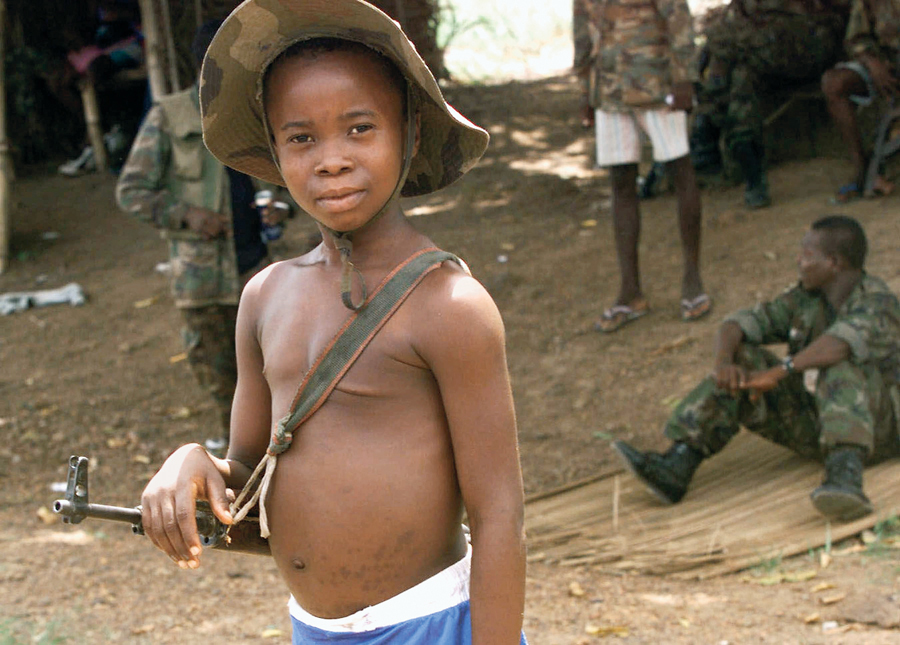A History of World Societies:
Printed Page 1047
A History of World Societies Value
Edition: Printed Page 1062
Children: The Right to Childhood
In 1989 the United Nations General Assembly adopted the Convention on the Rights of the Child, which spelled out a number of rights that are due every child. These include civil and human rights and economic, social, and cultural rights. It is not difficult to see why such a document was necessary. Globally, a billion children live in poverty — one in every two children in the world. The convention also addresses other concerns, including the fact that children make up half the world’s refugees, and the problems of child labor and exploitation, sexual violence and sex trafficking, police abuse of street children, HIV/AIDS orphans, lack of access to education, and lack of access to adequate health care. The convention has been ratified by more countries than any other human rights treaty — 193 countries as of 2014. The United States and Somalia remain the only two United Nations member nations that have not ratified it.
As the twenty-

Mexico pioneered a new approach to combating poverty that has been implemented in a growing number of countries. Conditional cash transfer, or CCT, provides a stipend to families who meet certain goals, such as keeping their children in school. This approach addresses poverty directly, while enlisting families to work toward its long-